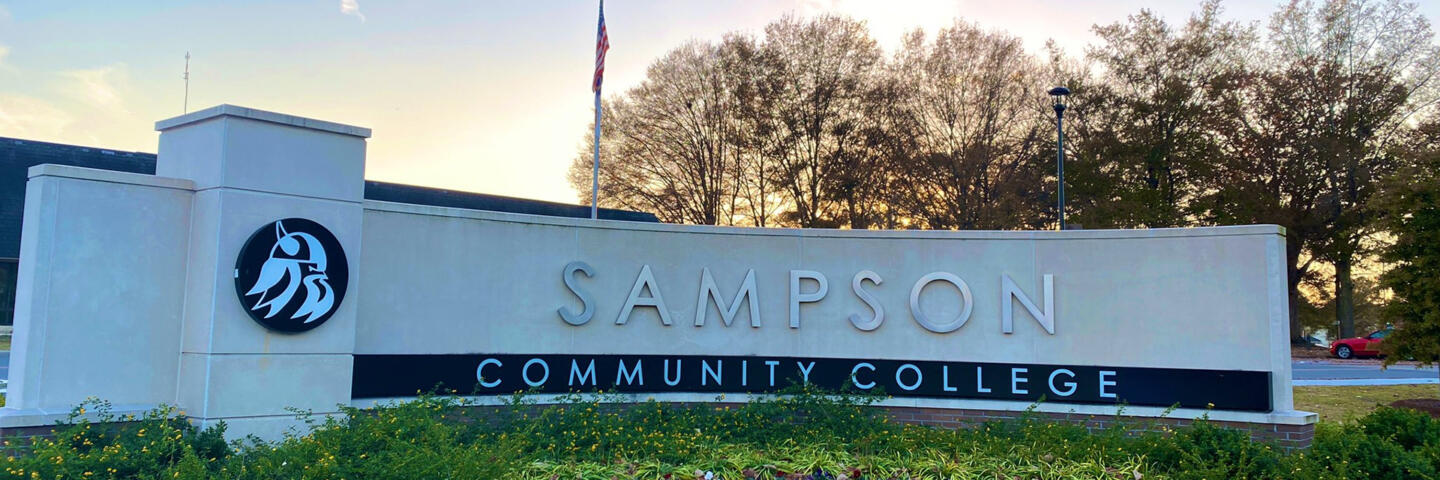For decades, Sampson Community College has had a constant influx of forms, every semester new applications and paperwork filled filing cabinets, taking over more physical office space across campus.
“Essentially, the past was taking up the present in a way that was impeding our ability to be successful moving forward,” said SCC Advancement Officer Brandon Wiggins. As concern grew over the physical space these paper files were consuming, student services led the push for a solution that would also aid them in answering data requests faster and more efficiently. On high-volume days, such as during registration or advisement, student services would be inundated with requests for counseling reports, transcripts, or other portions of student records. Academic advisors did not have ready access to those records with SCC’s current document management plan. It was clear that a new solution was required.
SCC viewed Etrieve as the answer. Within 3 months of their initial Etrieve Security training, Etrieve Content was fully operational within student services. Through the utilization of Etrieve, advisors gained the ability to search for and access student records more easily. As a result, Etrieve quickly proved invaluable for student services during peak registration and advisement weeks.
Increased Cross-Departmental Collaboration
With a goal to use Etrieve to its maximum potential at an institutional level, the implementation team at SCC focused on overhauling processes within every department to accommodate digital forms and approvals.
With a digital archive on hand, they wanted to get rid of all paper records not mandated to be kept and convert all paper forms to digital. The implementation team gained key insights into the internal machinations of their institution, providing clear benefits in other project areas.
“The most beneficial thing about using Softdocs is that it forced us, as an institution, to take a hard look at our current processes and why they were the way they were. Which then ultimately led to a budding culture of continual improvement and cross-departmental collaboration.”

